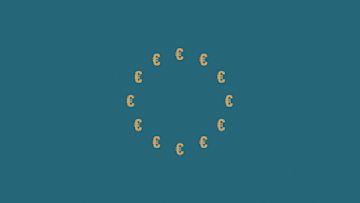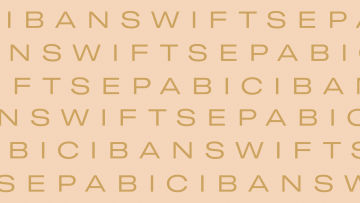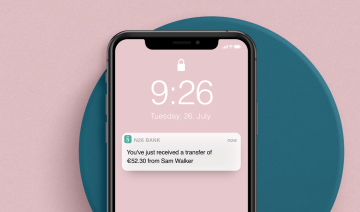How are bank statements created?
Each time you make a transaction, your bank makes a record of it. These records are then compiled to create a bank statement. Usually covering a one-month period, statements include your incoming salary or payments, any transfers or deposits made, and cash withdrawals. They also provide a starting and end balance, so that you’ve got a clear idea of where your finances are at the close of the month compared to its start.

What information is on a bank statement?
At the top of the statement, you’ll usually find your account number, the bank branch provider, your full name and home address, as well as the beginning and ending period of the statement. Next, you’ll find the full list of transactions made within the statement’s timeframe—essentially all payments that came into your accounts, and all outgoing payments. Each transaction will show the date it was processed and may also include some information about who the payment was to or from.How to access your bank statements
Historically, bank statements were sent to customers via post, which sometimes incurred a small service fee. Now, with most banks having a digital presence, electronic statements are more commonly used. E-statements are a convenient way to view your account activity without the messy paperwork, and your financial data is securely stored. Some banks let you opt-in to receive emails with your statements attached, or you can view them directly via your online account or smartphone app. For quick and convenient access to your bank statements, why not open an N26 account? With N26, your e-statements can be accessed quickly right on your smartphone.How to read a bank statement
Your bank statement is packed with information that can help you better understand and manage your finances. Here’s how to read your bank statement:- Find key information: Start with your account holder details, including your name, address, and account number, along with the statement period.
- Review transactions: Go through the list of transactions, noting the dates, descriptions, and amounts for deposits and withdrawals. Categorize these to understand your spending.
- Check balances: Look at the opening balance and the closing balance to track your financial position over the statement period.
- Look for fees: Identify any bank fees or charges you paid during the month, so you can avoid unnecessary costs in the future.
- Check the details: Ensure all transactions are correct and match your records. Report any discrepancies to your bank right away.
Using bank statements as official documents
Bank statements can also be used as official documents for verification purposes. For example, if you ever need to apply for a personal loan, your bank statement is a great document to verify your identity and show proof of your income. It’s always a good idea to keep records of your bank statements in case you ever need to reference your financial records. If you can’t locate them, don’t fret. Luckily, your bank is legally required to hold onto your statements for at least five years.
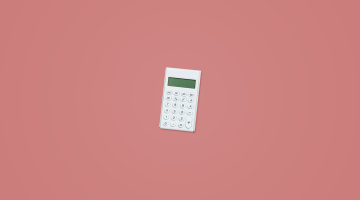
Use your bank statement to level up your budgeting
Your bank statement is your secret weapon for budgeting smarter and setting achievable savings goals. With N26, you can easily access transaction information from your smartphone or download your statements as PDFs. Once you have your statement in front of you, here are a few steps you can take to improve your budgeting:- Start by analyzing your transactions. Categorize expenses into fixed — like rent and utilities — and variable, like groceries and entertainment. This helps you identify spending patterns and areas for potential cost savings.
- Next, compare your income and expenses to figure out how much you can realistically save. This could be for building an emergency fund or saving for a vacation.
- Regularly review your statements to monitor your progress and adjust your budget as needed.
Using bank statements to set saving goals
Using your bank statement to review your spending habits is a great way to help you identify possibilities for saving. Looking at a full overview of your spending gives you the chance to see where you could stand to cut back or tweak your spending habits. At N26, not only can you quickly and simply access your transaction information via your smartphone, you can also download your statements in PDF form. Want to learn more? Discover our top budgeting tips here.
Learn about Spaces
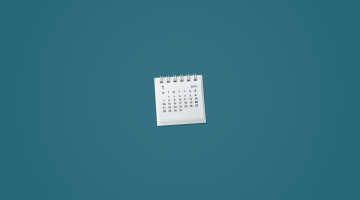
Bank statements with N26
At N26, you can track your financial activity as often as you want—hourly, daily, or weekly! Easily view transactions via your mobile or web app—and rest assured that all your bank statements are securely and safely stored for your peace of mind.To view your statements, open your home screen and click through on the three horizontal bars, then tap the ‘Balance Statement’ tab. Log into your N26 account today to get accessible reports in just a few taps.
Open online bank account
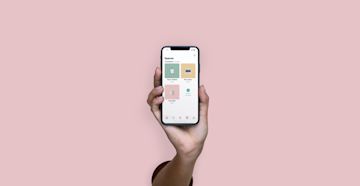
Your money at N26
At N26, we understand that transparency and simplicity are key for our customers. All our accounts provide you with detailed statements, so you can always see where your money is going. Making our customers’ data secure is our top priority, so rest assured your account history is securely logged and never shared with anyone.Contact us immediately if you ever believe your account has been compromised—our Customer Support team is always here to help.
Visit our Support Center
Find a plan for you
N26 Standard
The free* online bank account
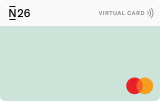
Virtual Card
€0.00/month
A virtual debit card
Free payments worldwide
Deposit protection
POPULAR
N26 Go
The debit card for everyday and travel
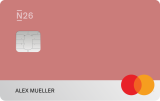
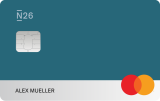
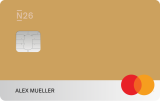
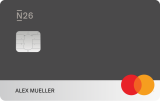
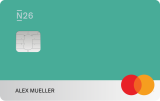
€9.90/month
Up to 5 free withdrawals in the Eurozone
Flight and luggage delay cover
Medical emergency cover
Winter activities insurance
Pandemic coverage
N26 Metal
The premium account with a metal card

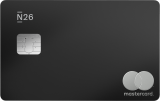
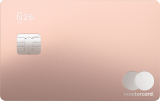
€16.90/month
An 18-gram metal card
Up to 8 free withdrawals in the Eurozone
Purchase protection
Phone insurance
Dedicated N26 Metal line
FAQ
- Bank Statement: Shows your total balance and all transactions, with your full name, IBAN, and BIC.
- Account Confirmation: Verifies your account details, including your name, date of birth, IBAN, BIC, and account opening date, and can include your current balance and partially hidden card number.
- Statement of Fees: Lists all bank fees charged over the past year.
- Transfer Confirmation: Confirms transfer details, including your name, address, IBAN, BIC, transfer amount, date, reference text, and recipient’s details.
- Card Payment Confirmation: Confirms payments made with your N26 Mastercard, using the corresponding month's bank statement.
- RIB (Relevé d'Identité Bancaire): A French-specific document with your main bank information, often required by French authorities.
A bank statement is a report that logs all transactions an account holder makes during a set period of time (usually one month). Bank statements provide account information including the customer’s name, address, and account number, and a list of incoming and outgoing transactions such as withdrawals, transfers, and deposits. Bank statements may be physical or digital, depending on your bank and preferences. They’re available online through most banking apps or online bank accounts, or may come via post or email.
Bank statements include the account holder’s name, address, account number, and bank branch details. It also contains a summary table showing the timeframe of the statement, opening and closing bank balance, any deposits made into the account, refunds, and any cash withdrawals. Statements will also show fees that your bank has charged, as well as rejected or cancelled payments.
Bank statements are used to track your account activity, check that the funds coming in and going out are correct, and flag any suspicious activity. By checking statements regularly, you can help keep your account safe and secure, while staying on top of your finances. It is also an ideal way to show proof of your earnings for loan applications or mortgage agreements.
Bank statements can usually be accessed via your bank’s website by logging in to your online account or smartphone app. Alternatively, you may receive a statement by post or email. You can choose how you access your statements by contacting your bank and opting into postal or paperless options.
All banks take measures to ensure that the statements they provide are safely accessible, whether they’re available in-app, via email, or sent to a customer’s home. Often bank statements will include enough personal information that you know they’re genuine, but they may exclude some account information to protect you from fraud. Your bank statement should never be shared with unknown parties without your consent, and nobody else should be able to access your statement history.
To keep your bank statements secure, only use trusted digital platforms, and enable two-factor authentication. Never share your statements with anyone you don’t know. Shred physical statements when disposing of them, and regularly monitor your account activity for any suspicious transactions.
Banks are legally required to keep your bank statements for at least five years, even after your account is closed.
N26 provides several official bank documents that you can request through your N26 app:

